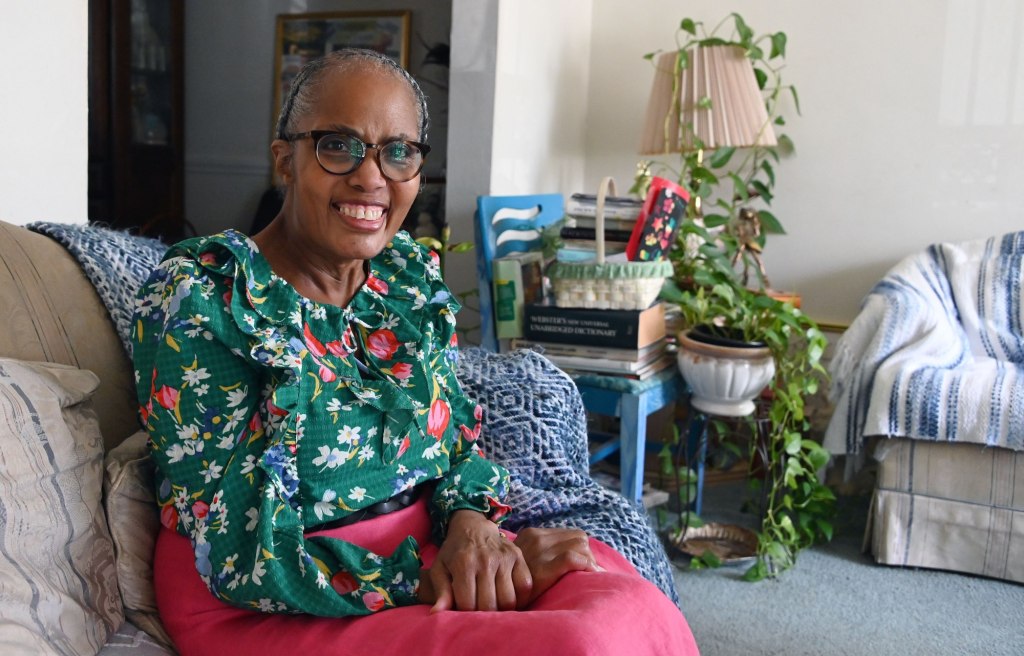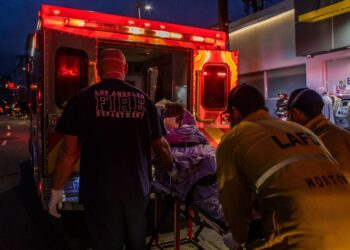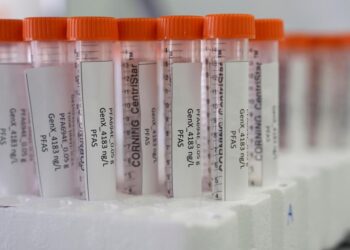Two months before Charita Cole Brown was supposed to graduate from college — and about two years after she experienced her first manic episode and was diagnosed with bipolar disorder — her doctors told her parents they should prepare for the likelihood that she may one day not be able to care for herself.
It was March 1982 and Cole Brown had just experienced a psychotic break eerily similar to what her grandmother had experienced years earlier. Despite her doctors’ prediction that she would never lead a “normal” life, however, within a few years, a counselor had helped Cole Brown find a combination of medication and other wellness strategies that worked for her.
She graduated from college, went to graduate school at Towson University, fell in love and raised two daughters to be “some of the kindest women you will ever meet.” Later, during her parents’ final years, she cared for them both.
“Bipolar is not an easy illness. I don’t have any enemies, I don’t think, but if I had an enemy, I would not wish this on them as a punishment,” said Cole Brown, who lives in Park Heights and published a memoir in 2018 called “Defying the Verdict: My Bipolar Life.”
But, she added, “you can live well.”
More than 40 years after Cole Brown’s diagnosis, bipolar disorder — a serious mental illness characterized by dramatic shifts in mood, energy, activity and cognition — remains under-researched, even compared to other mood disorders. While an estimated 2.6% of Americans who are 18 or older have bipolar disorder, people with the condition, especially those who are Black or African American, are often misdiagnosed.
Researchers and clinicians at the Johns Hopkins School of Medicine, however, hope that will soon change. They’re recruiting people with the diagnosis for a longitudinal study, in which researchers will follow participants for at least five years with the aim of better…
Read the full article here







